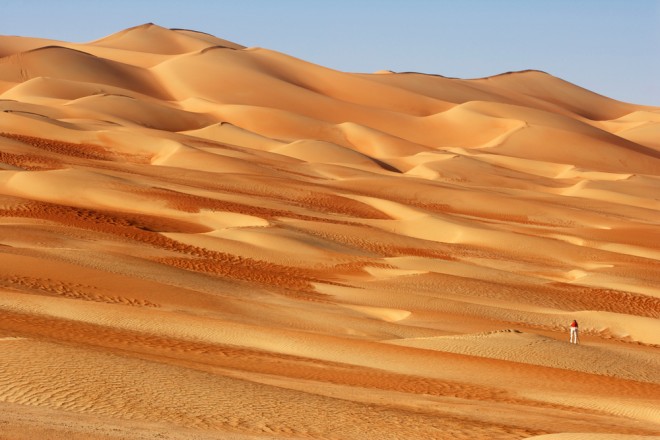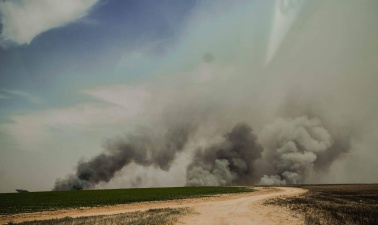 British economist Milton Friedman once warned that if you put the government in charge of the Sahara Desert, in five years you’d have a shortage of sand. Whether governments or free markets are to blame, it is possible to deplete abundant resources such as Irish rain.
British economist Milton Friedman once warned that if you put the government in charge of the Sahara Desert, in five years you’d have a shortage of sand. Whether governments or free markets are to blame, it is possible to deplete abundant resources such as Irish rain.
Now thanks to global obsessions with concrete icons, fracking and poor resource management, even places such as Saudi Arabia are running out of sand.
Sand, it seems, is the epitome of abundance. There are an estimated seven quintillion grains of sand on earth.
That’s 7000000000000000000, count them! But as with oil and water and Helium, the second most abundant element in the universe, we are consuming sand with the false assumption that a very large number is the same as infinity.
Sand may be inexpensive compared to other natural resources but it is extremely useful, even crucial to certain parts of our modern life. Sand is used to make the glass and concrete used in dams and massive skyscraper construction projects in places such as Dubai and Saudi Arabia. It is also being used in 3D printed structures and other futuristic building designs.
The recent obsession with fracking has also caused a rapid rise in the consumption of this limited resource.
In 2009 Green Prophet reported that the massive construction boom caused a shortage of the high quality desert sand used in construction.
So Bahrain and other Persian gulf countries began to restrict the export of sand. Not long after this, sand was being imported to replenish eroded beaches in places such as Cesarea where man-made structures interfere with the normal inflow of sand from the sea.
Peak sand
And while some desert sands are excellent construction materials, these fine-grained sands tend to blow or erode too much to make for good beach sand. So Saudi Arabia has imported beach sand from as far away as Australia.
According to an article published in Der Spielgel, the United Nations Environment Program (UNEP) estimates that 40 billion tons of sand are consumed each year, 3/4ths of it in the production of concrete– enough to encircle the earth with a wall 25 meters high.
Fracking requires yet another type of sand. Companies which were previously focused on the relatively small market of sand for golf course have made hundreds of millions of dollars by strip mining places such as the North American pine barrens where enormous flocks of passenger pigeons once lived.
This sand is then used in hydraulic fracturing (fracking), a process where materials are pumped into the ground at high pressure in order to fracture rock and force the stubborn last few drops of oil out of geologic deposits.
Sand is also being used to increase and decrease the amount of territory belonging to certain countries. Singapore has reportedly imported enough sand from Indonesia and Vietnam to increase its area by more than 20% over the past 50 years.
Hong Kong may be doing the same and China is pouring sand into South China Sea in order to create new territory in the disputed Spratly Islands. Poorer countries such as Cape Verde are smuggling their sandy shorelines away to richer countries in a practice that could complicate already difficult political situations in the Middle East.
So the next time you visit a sandy beach or desert, be sure to dump the sand out of your shoes before you go home.




One thought on “Can you believe earth is running out of sand?”
Comments are closed.